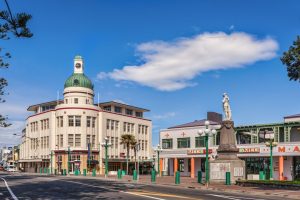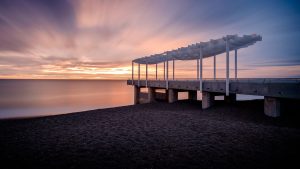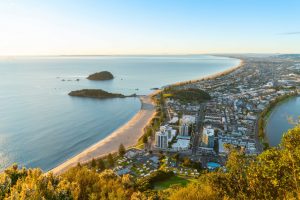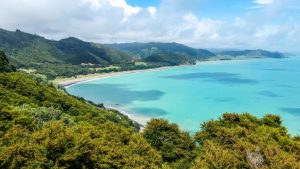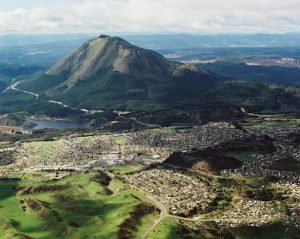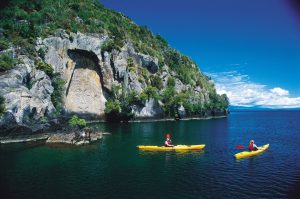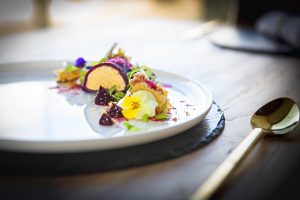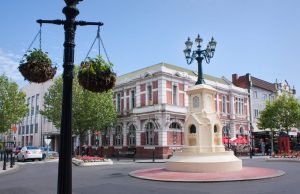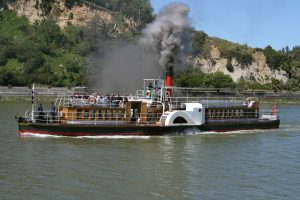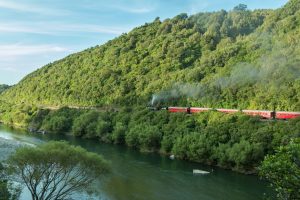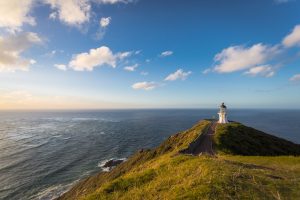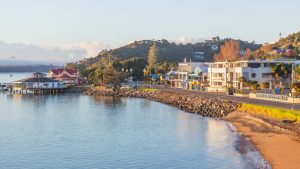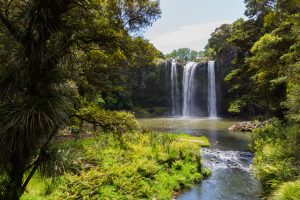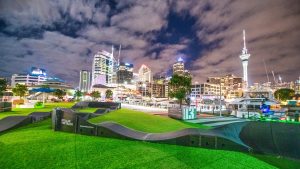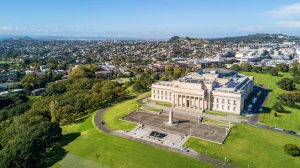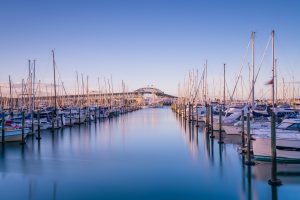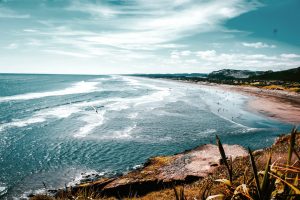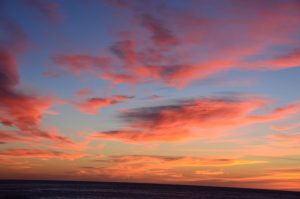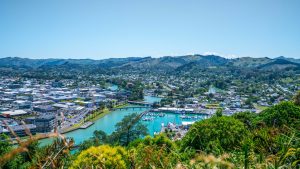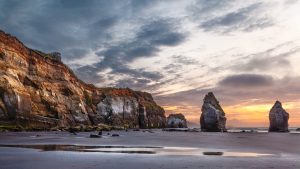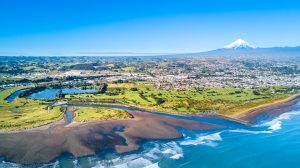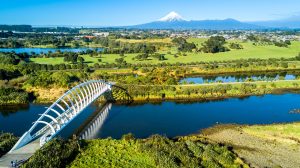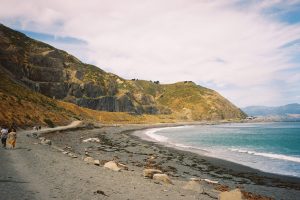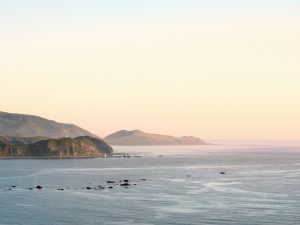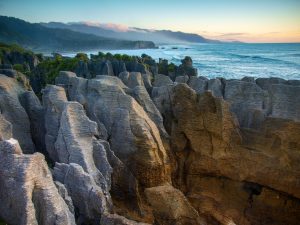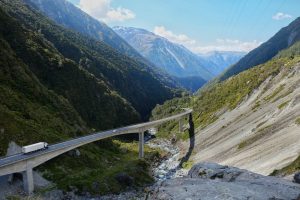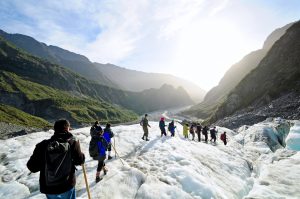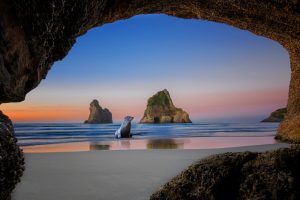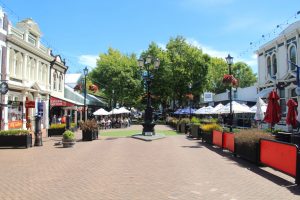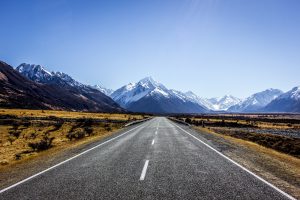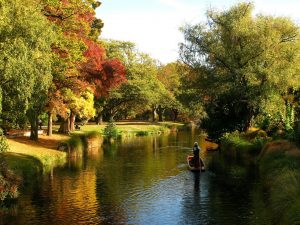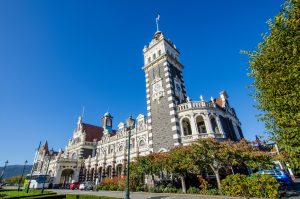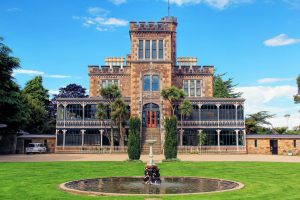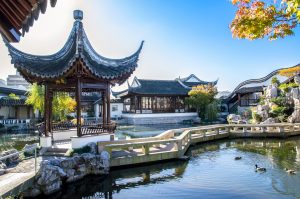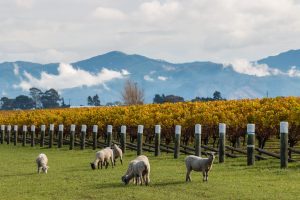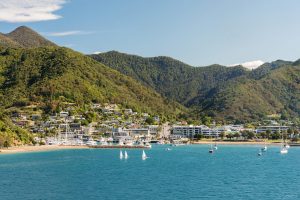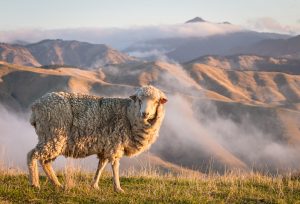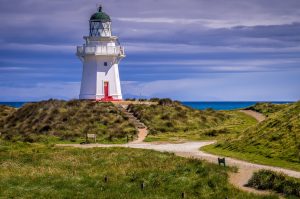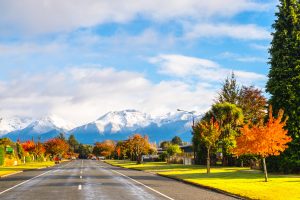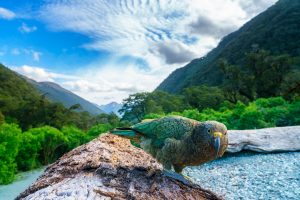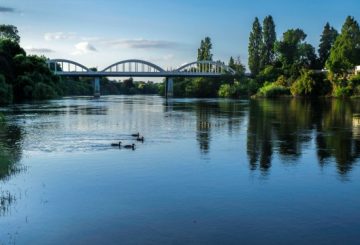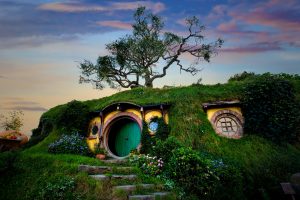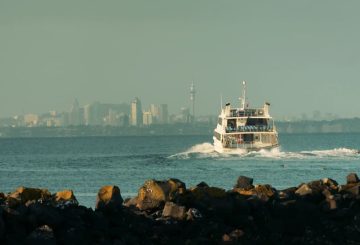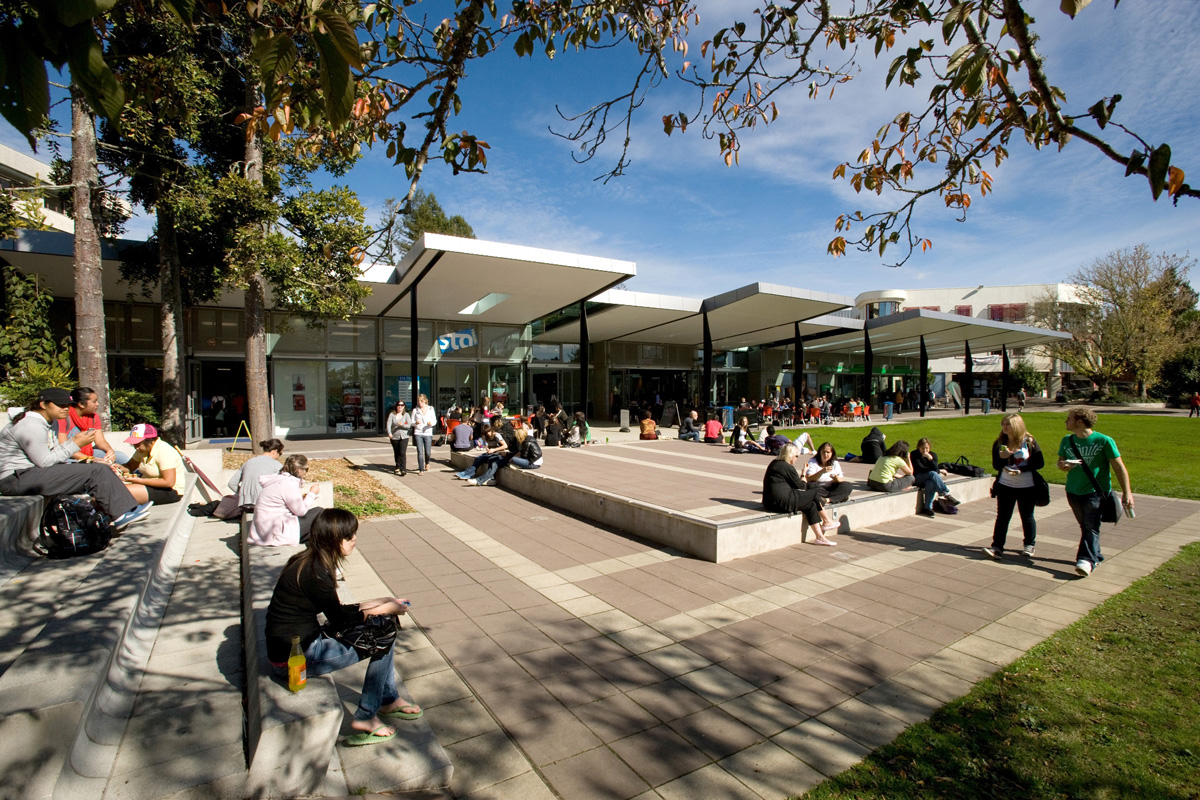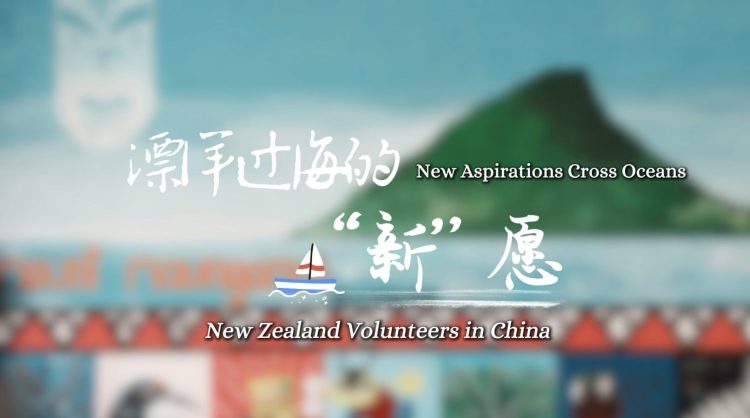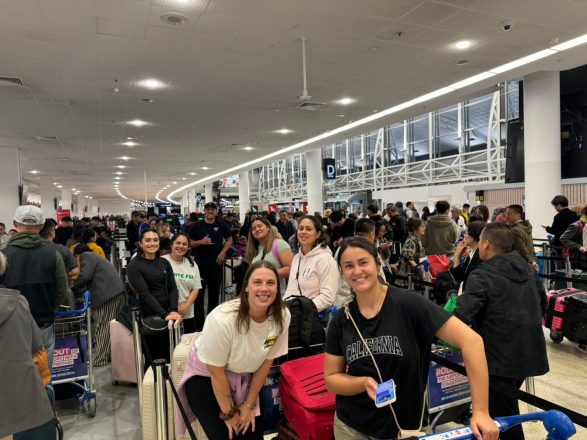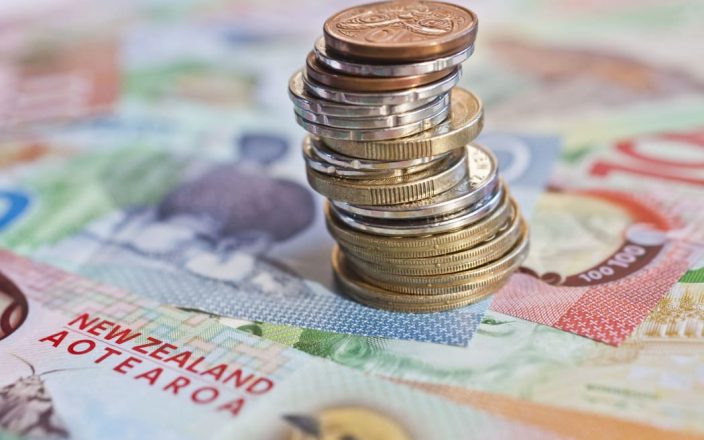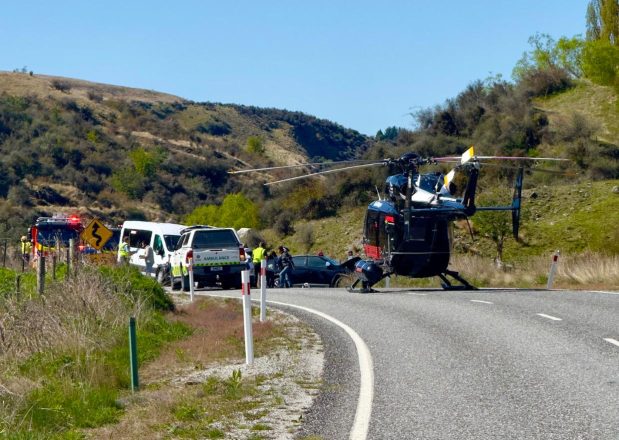The Bay of Plenty–Jiangxi relationship, formalized in 2019, is a partnership focused on fostering cultural exchange, economic cooperation, and youth development. Over the years, this relationship has supported initiatives such as trade and investment promotion, student exchanges, cultural performances, and most recently, the success of the Jiangxi Volunteer Program. These efforts have strengthened ties between the two regions and provided meaningful opportunities for communities on both sides. Learn more about this programme here.
The collaboration between New Zealand and China through volunteer and youth exchange programmes provides a unique opportunity for individuals to experience life beyond their cultural boundaries. These exchanges bring transformative experiences, fostering mutual understanding and creating lasting bonds between the two nations.
For Steevie, a young New Zealander who embarked on a three-month volunteer journey to Nanchang, the experience was a blend of excitement and nervous anticipation. Immersing herself in the vibrant culture of Jiangxi Province, Steevie embraced the challenges of teaching English to local students. Despite language barriers, her passion for cultural exchange shone through. She described her work as “using language as a tool to promote curiosity,” encouraging students to learn about New Zealand’s culture while improving their English skills.
The cultural immersion went both ways. Xu Chang, a representative from Nanchang Foreign Language School, traveled to New Zealand earlier this year for a 13-day study tour. For Xu, the journey tested her language skills and broadened her worldview. She expressed how experiencing a new culture taught her resilience and the value of building connections. “Although our countries are far apart, this exchange brings us closer,” she reflected.
A striking symbol of the exchange is a graffiti wall at the Nanchang Foreign Language School, created years ago by New Zealand volunteer John Hodgson and Chinese students. Half the wall depicts Mount Maunganui, a place of deep significance in Māori culture, while the other half captures Chinese students’ visions of New Zealand. The wall stands as a testament to the enduring friendship and shared aspirations of the two nations.
These exchanges remind us of the ancient Chinese saying, “Isn’t it a delight to have friends coming from afar?” Steevie, Xu Chang, and countless others embody this sentiment, proving that cross-cultural understanding enriches us all. As volunteers return home, they carry not only memories but also the hope of continuing to build bridges between cultures, ensuring that these connections remain vibrant for years to come.

